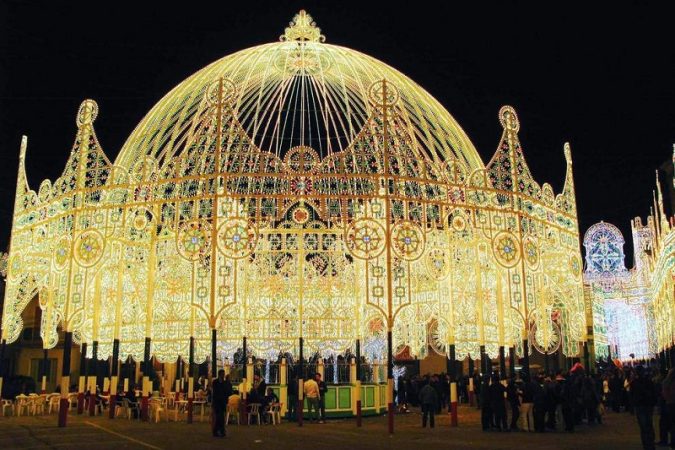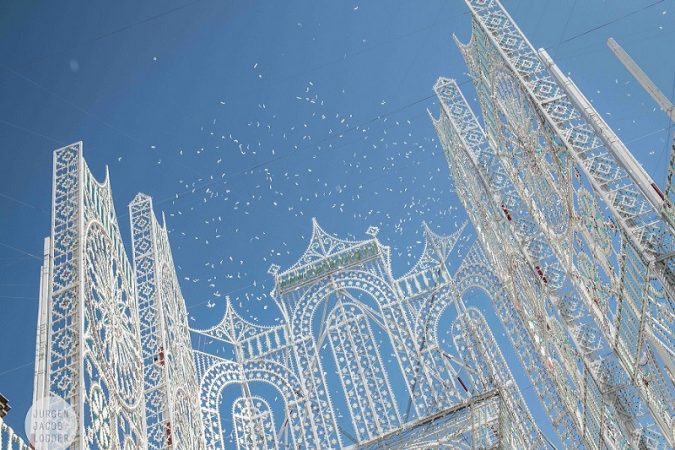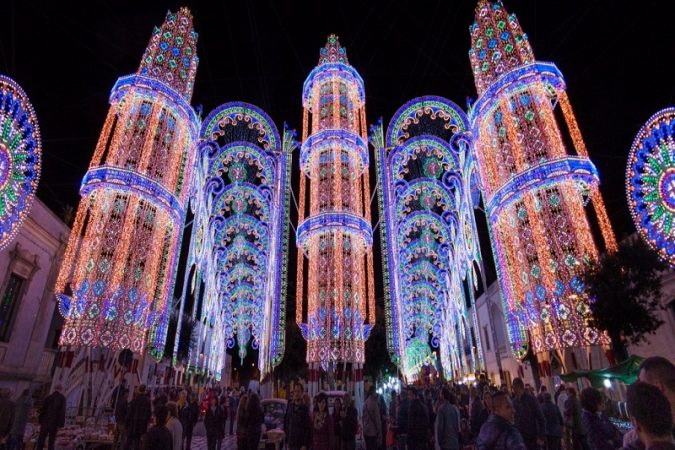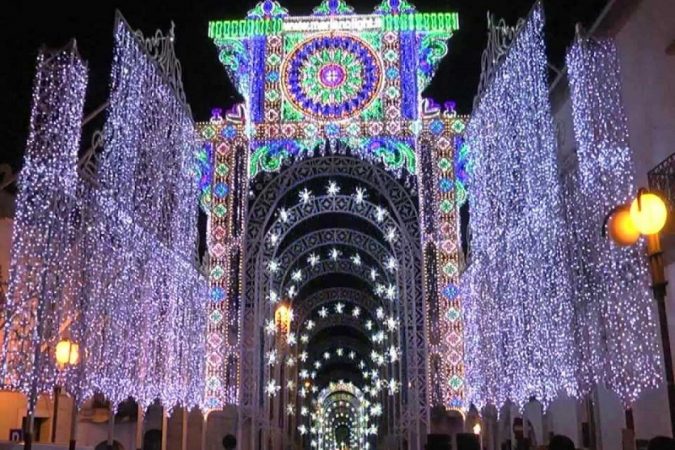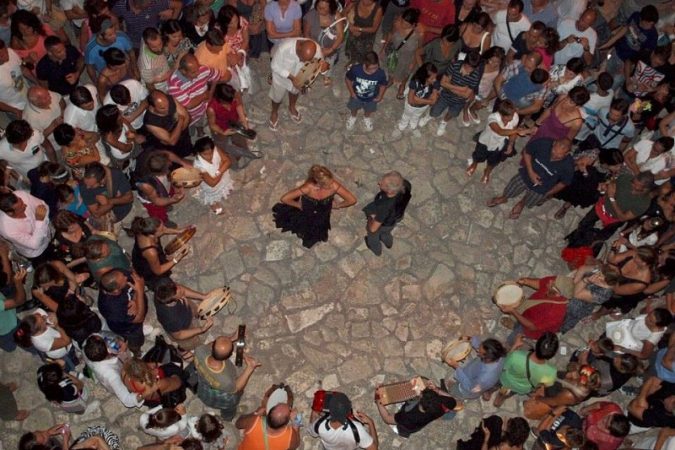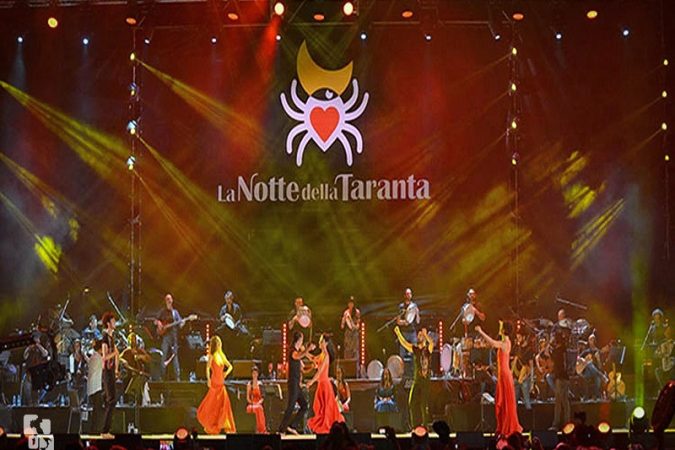DISCOVER SALENTO
Untouched by tourism, Salento’s crystalline waters, extensive history, excellent cuisine and extraordinary beauty will capture your imagination and leave you with unforgettable memories of the real Italy.
FOLKLORISTIC MUSIC AND DANCE
PIZZICA
Some of the best representations of this linguistic peculiarity of the area can be found listening to the PIZZICA, whose songs are written both in siculo salentino –the local dialect– and griko -an ancient Greek dialect spoken in a small linguistic area known as Grecìa Salentina–, and dancing the local folk dance called in the same way. While an orchestra made up of voice, guitars, violins, tambourines and accordion plays, a couple dances in what seems to be a courting ritual. In the past, pizzica was considered the only way to heal people bitten by the poisonous tarantula living in the region. Actually, the meaning has a social explanation: due to the patriarchy, women were often forced to obey men and to suppress their real feelings and pizzica was the only way to vent their frustration.
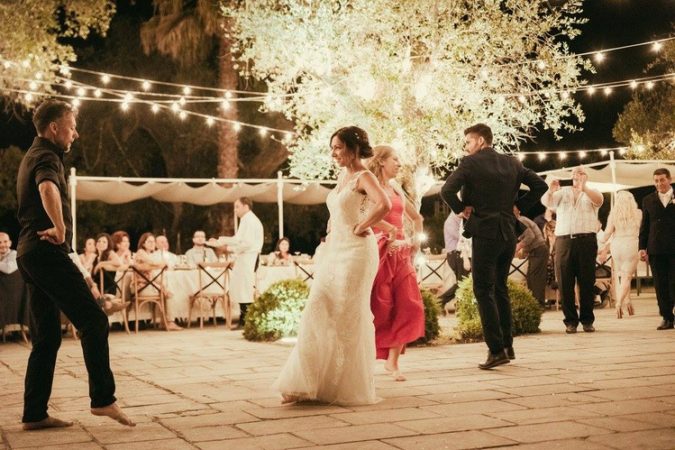
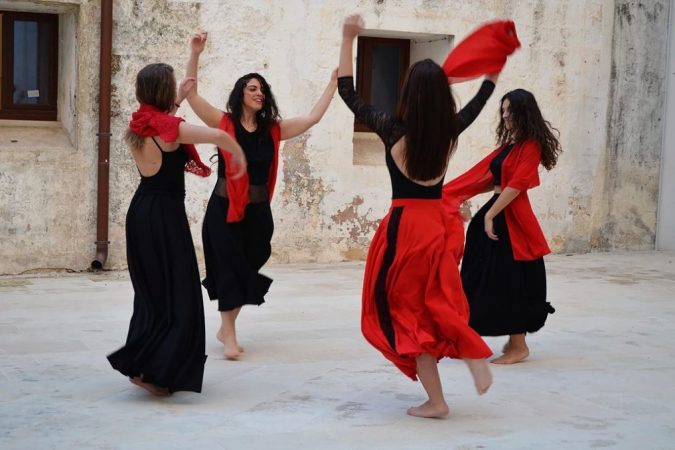
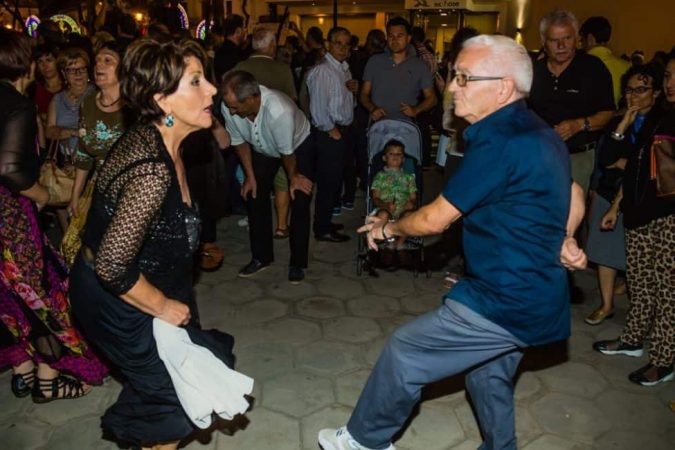
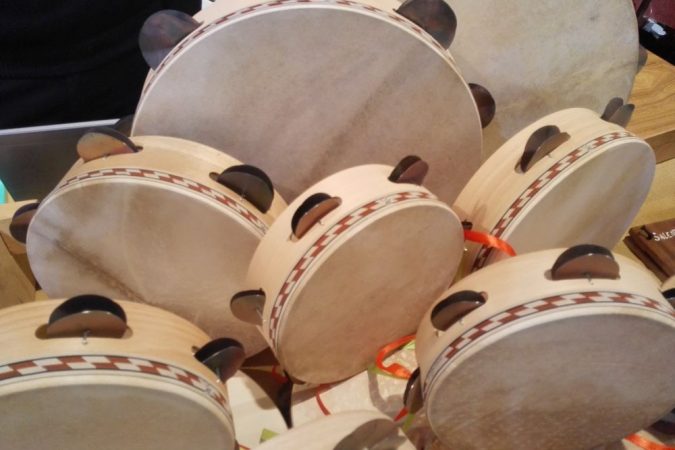
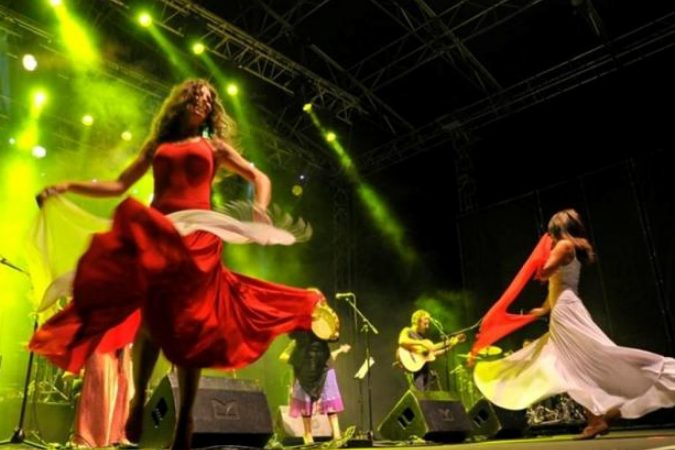
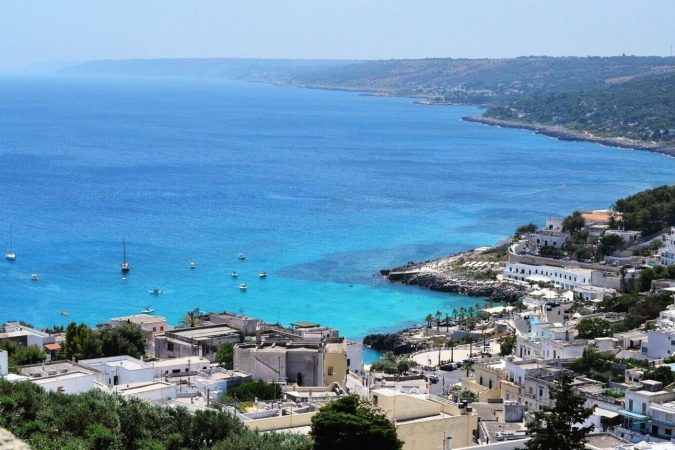
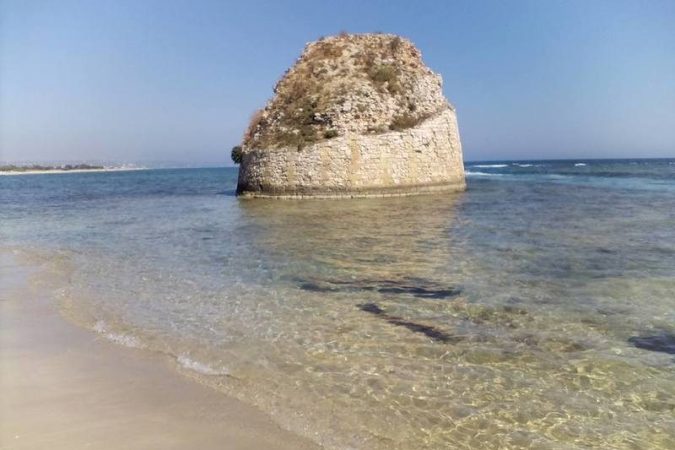
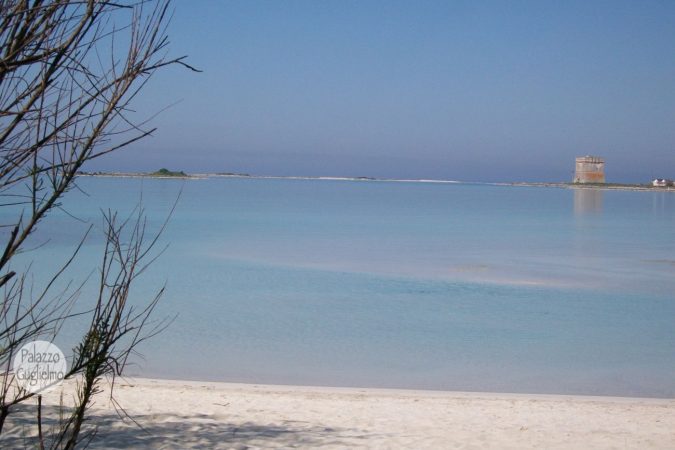
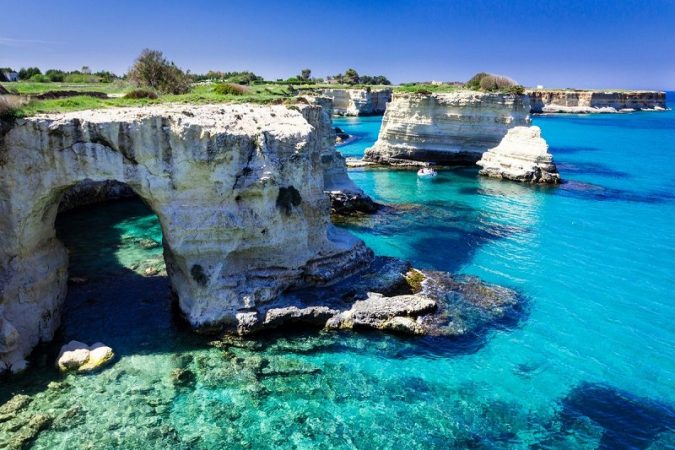
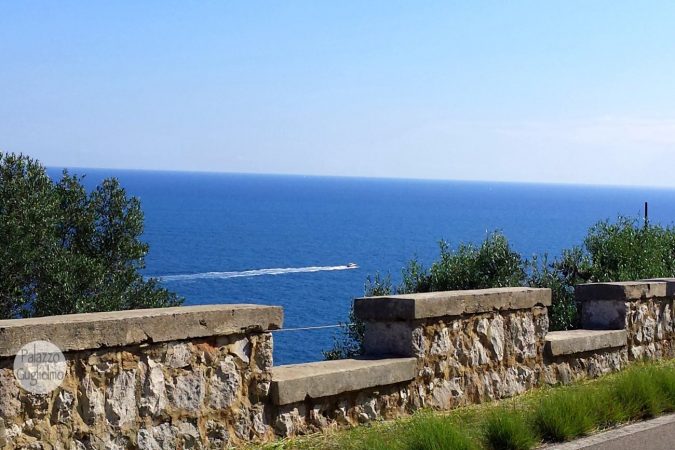
Salento: where Ionian and Adriatic Seas meet
THE SEA
Salento is a peninsula and is surrounded by the Mediterranean sea, more specifically by the Adriatic sea on the west side and by the Ionan sea on the east side. This fact gives visitors the chance to choose between two different, but at the same time beautiful locations: the western one, basically a jagged coastline which is mainly made up of rocky beaches with coves, caves and many watching towers, and the eastern one, characterized by sandy beaches and bays located near small pine forests giving shadow to those looking for fresh air after tanning due to sun exposure. While Otranto, the easternmost town in Italy, is the emblem of the Adriatic Coast, Gallipoli is the symbol of the Ionan Coast, but Salento is full of beautiful seasides and interesting spots to be visited. We’ll give you all the tips to enjoy our amazing seaside.
Discover the roots of Salento
HISTORY
The history of Salento is characterized by the presence of different populations: from Messapians, responsible of the construction of imposing walls around towns, to Greeks, founders of the city of Gallipoli among other coastal towns, and Romans, whose influence is visible in the streets, the architecture and the amphitheatres of Lecce. After the fall of Rome, Byzantines controlled the area leading to a massive immigration of Greeks who brought to the creation of frescoed crypts and Greek Orthodox Churches. During the period of feudal systems, the Normans improved the fortification of the territory, and then the Aragonese family from Spain struggled to protect Salento from invasions and Ottomans attacks. This explains the construction of many watching towers all around the Ionian and especially the Adriatic coasts. With the decline of Spain, the French Bourbons became the new lords of the Kingdom of Naples and their domination coincided with a period of economic growth untill 1860 when Garibaldi conquered the whole kingdom.
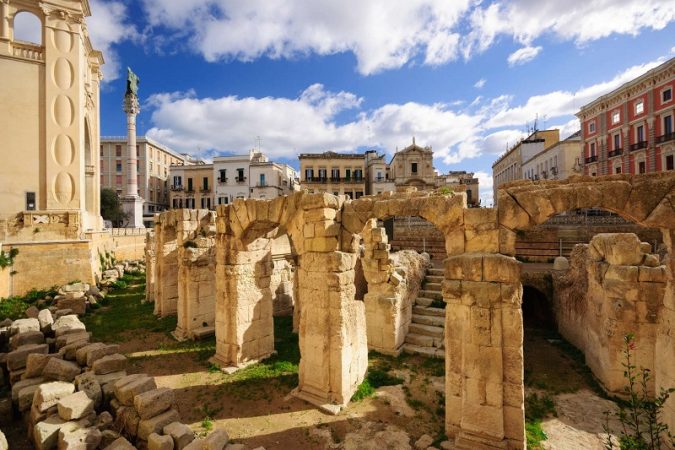

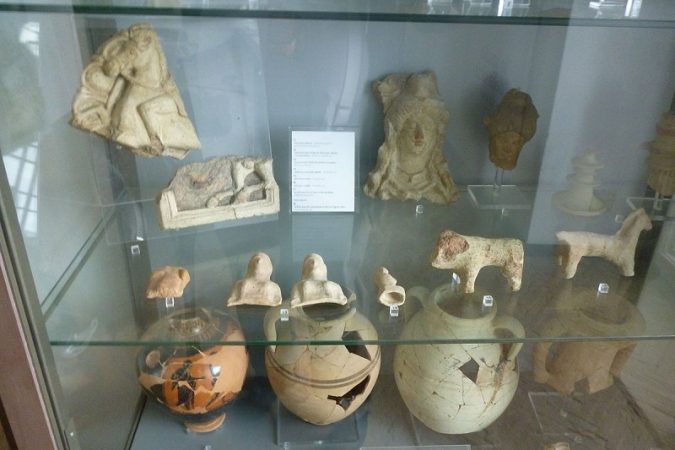
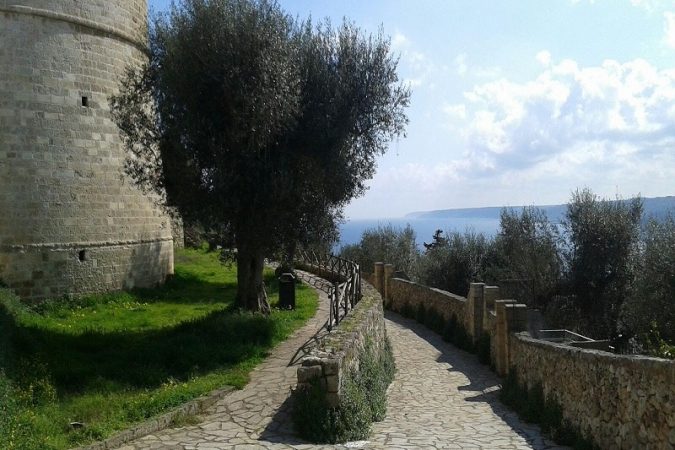
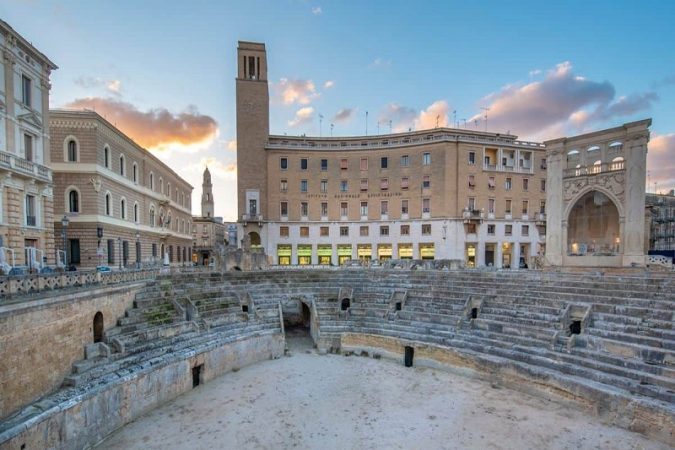
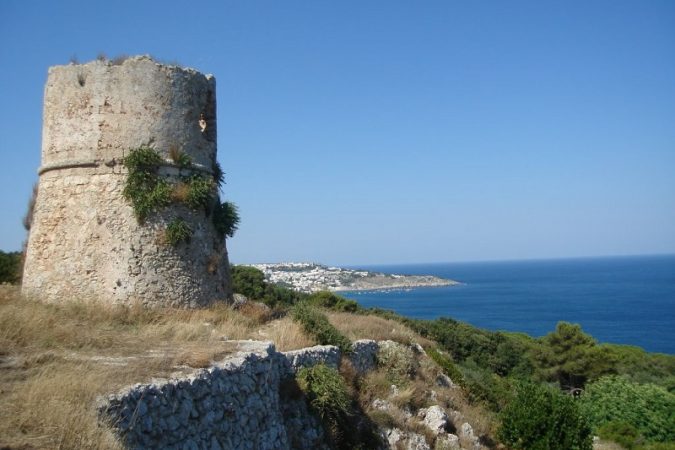
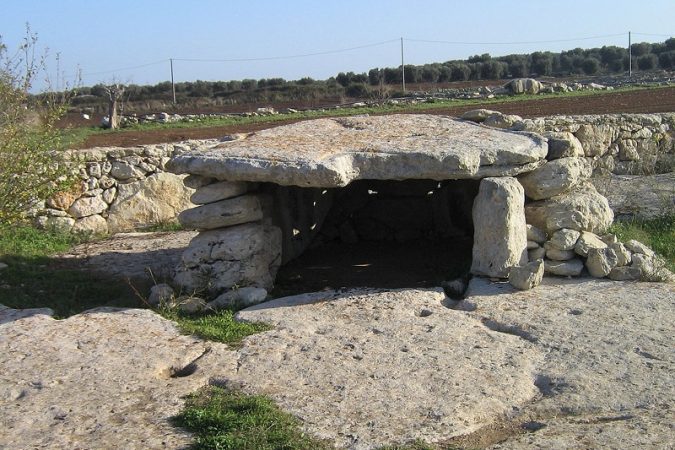
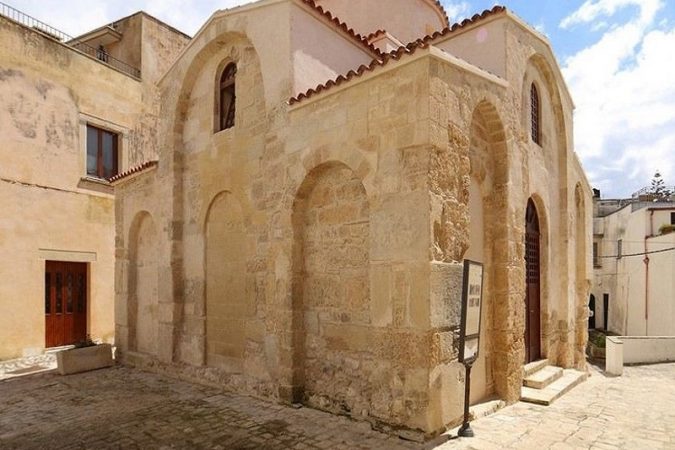
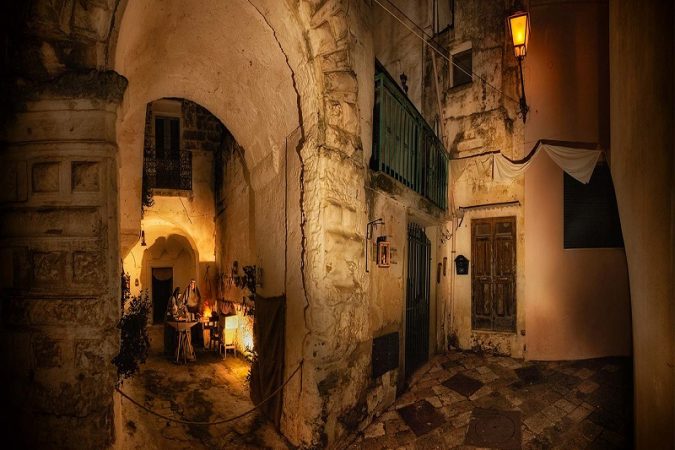
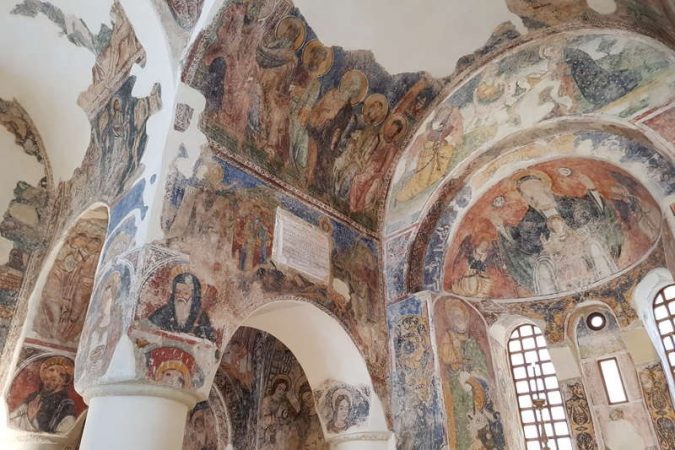
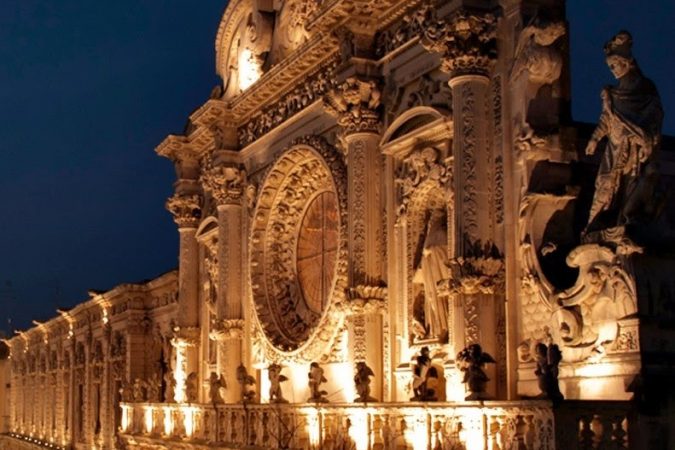
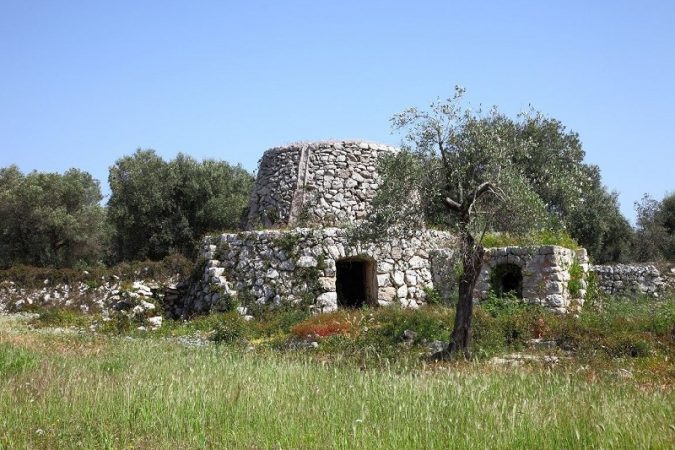
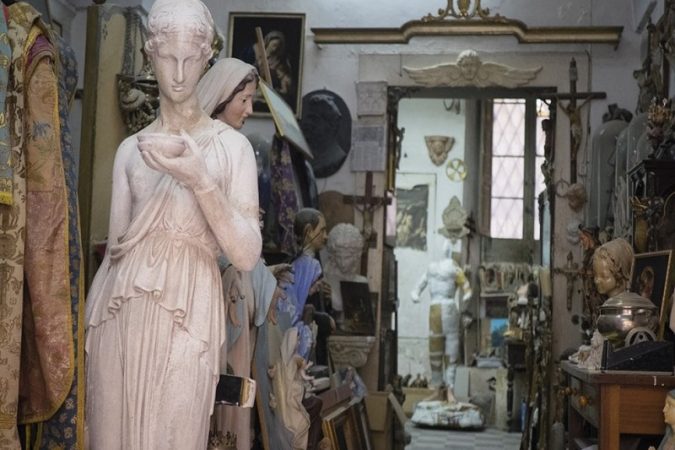
A wonderful mixture of different cultures...
ART & CULTURE
Every foreign population has left a legacy in every village, town or city in Salento. During prehistory, caves were decorated with paintings by the first human beings living in the area. Our ancestors also built dolmens, a large stone slab positioned horizontally over two other large rocks lying vertically, and menhirs, a long monolithic stone placed in the ground. Both can be found in the countryside roads. The white-washed-wall houses and the flat terraces are due to the Greek influence, while Baroque style, due to the Spanish influence, strongly characterizes Salento. Baroque in Lecce expresses its stylistic exuberance through external facades of churches, palaces and common houses using contrast, movement, grandeur and surprise to achieve a sense of astonishment. Every detail was perfectly expressed thanks to the Pietra Leccese, a soft limestone with warm and golden tones that can be easily carved and worked. The castles and the noble residences built over the centuries now host many art and photo exhibitions or are used as a nativity setting.
Beautiful landscapes and hidden places are waiting for you...
SIGHTSEEING
Salento, with its countryside full of olive groves and its beautiful sea, has a lot to offer also in terms of peculiar places for those photography lovers looking for the perfect picture: the presence of an eastern and western coast gives the chance to see the sun coming from the sea at the sunrise and its disappareance into the sea during the sunset. Other places such as bauxite quarries, lighhouses – especially Punta Palascia lighthouse in Otranto as it represents the easternmost point of Italy – hypogeum buildings – such as the underground city of Presicce where there are 23 oil mills -, swamplands, small lakes and abandoned villages – the most known being Monteruga, located near Lecce, between Salice Salentino and Veglie – contribute to the creation of a beautiful evocative setting. Come to Salento and give your eyes the chance to see places they will never forget!
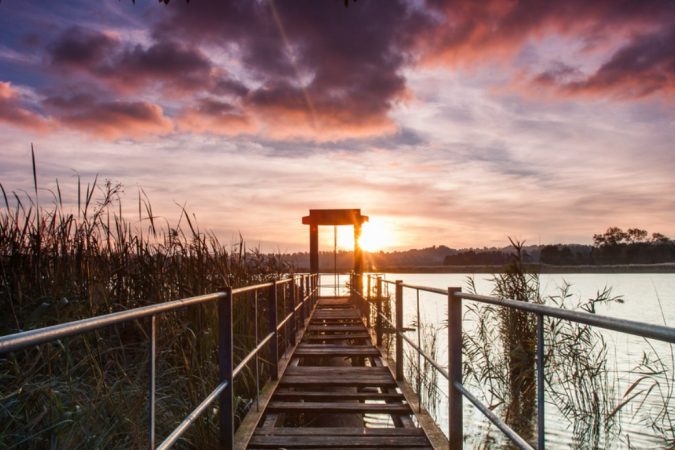
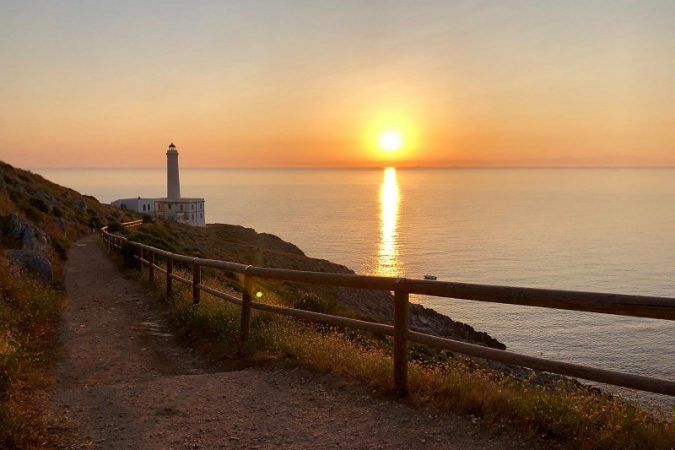
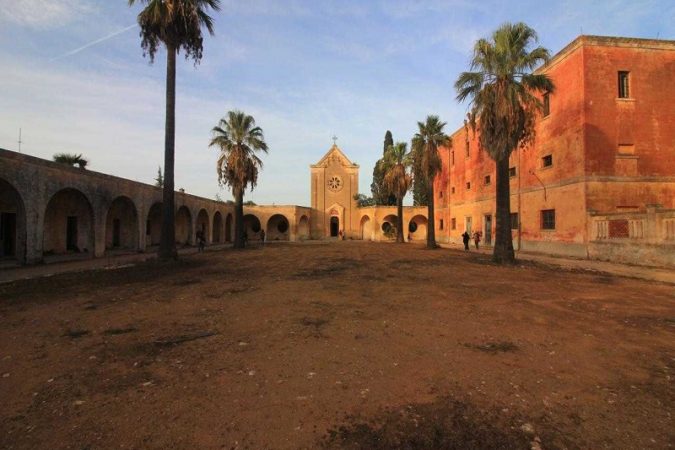
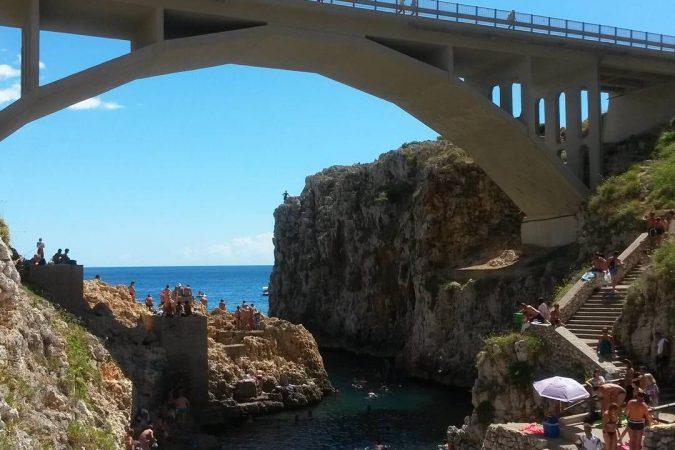
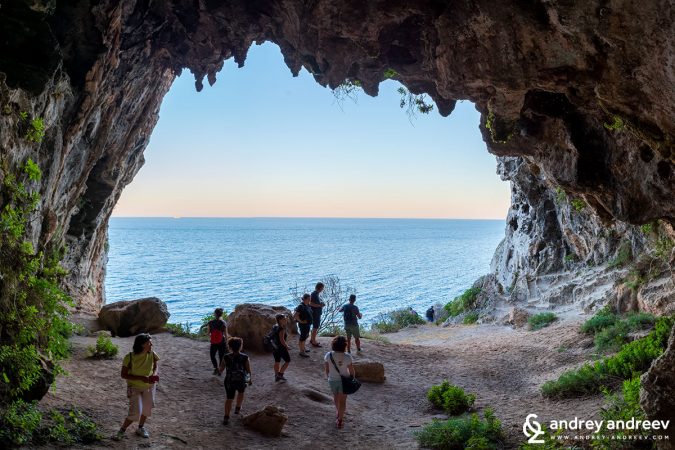
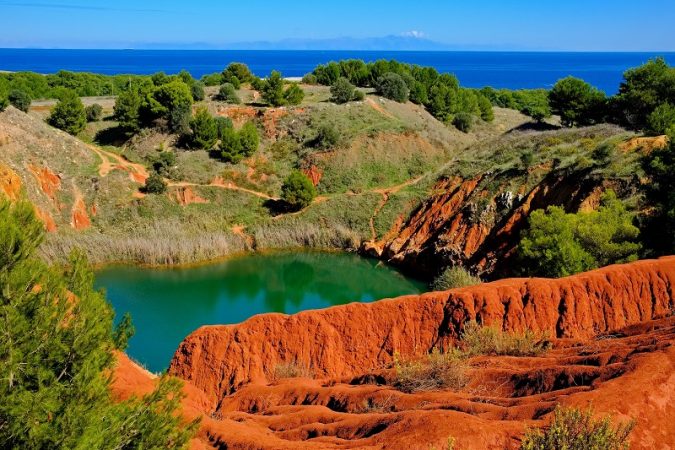
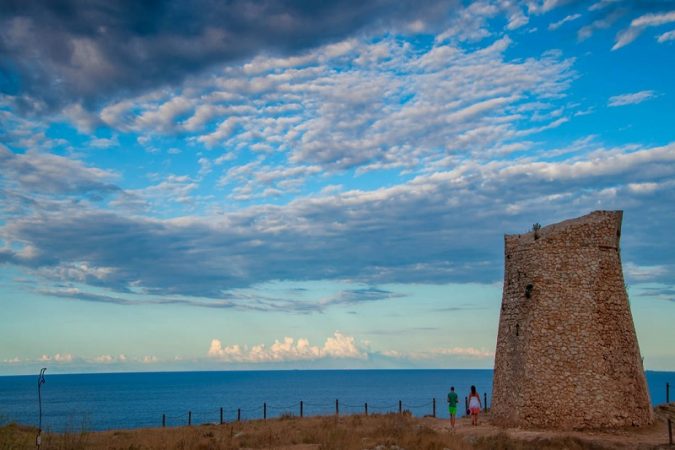
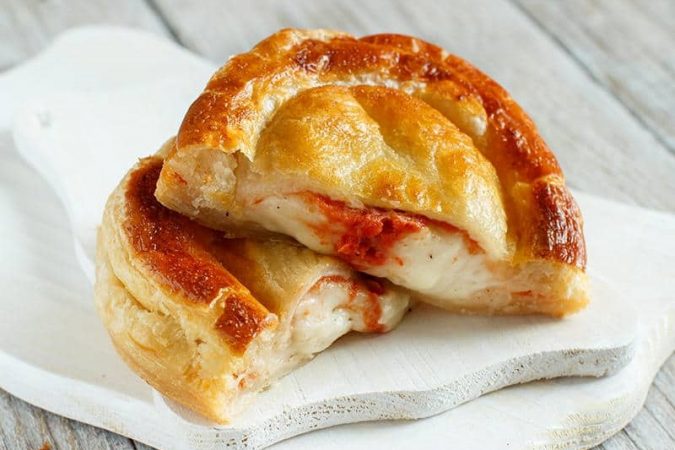
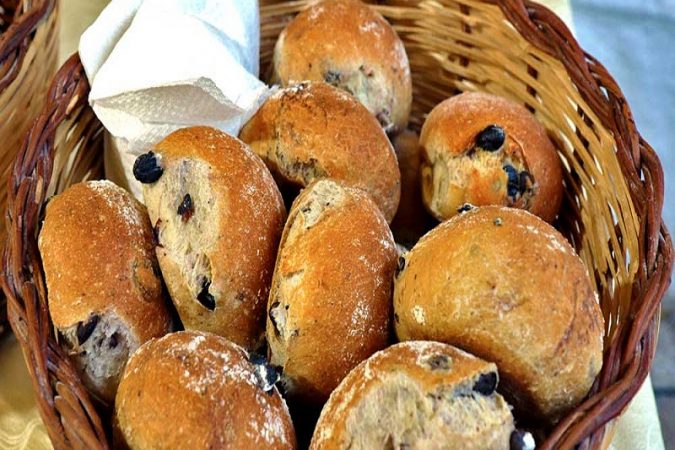
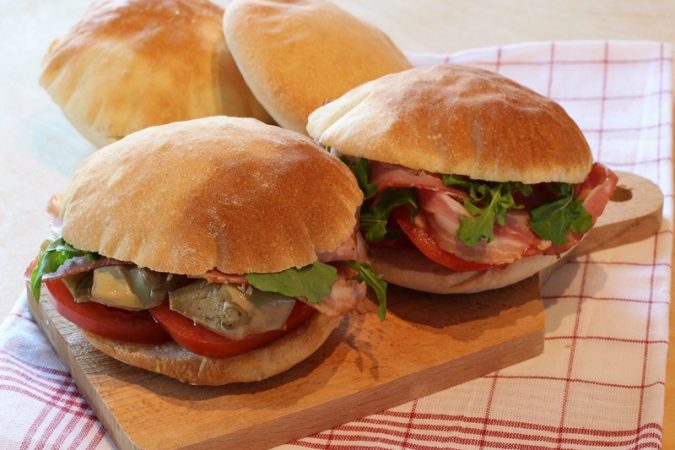
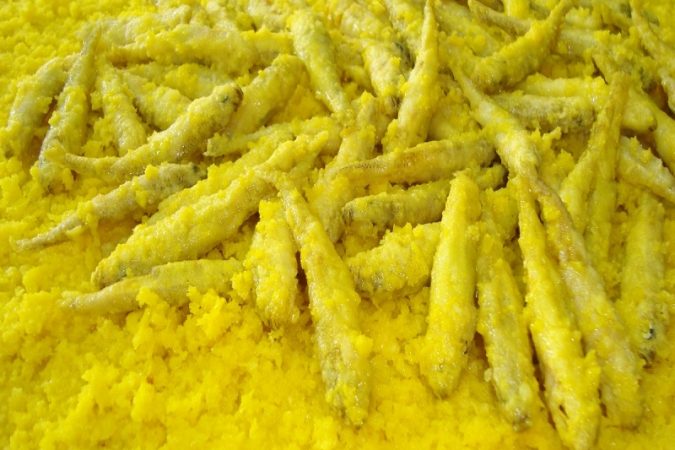
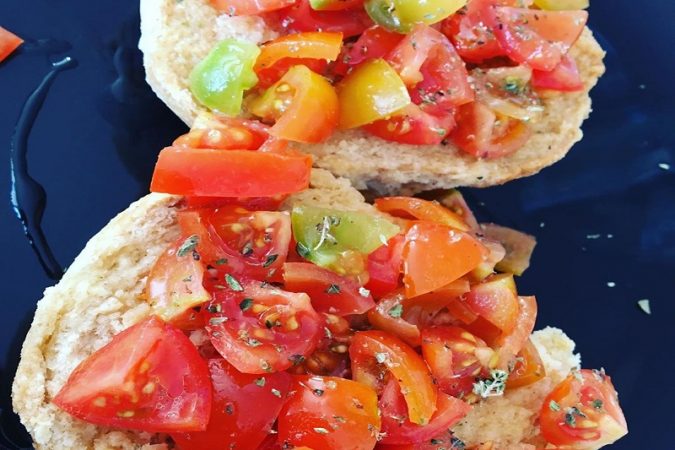
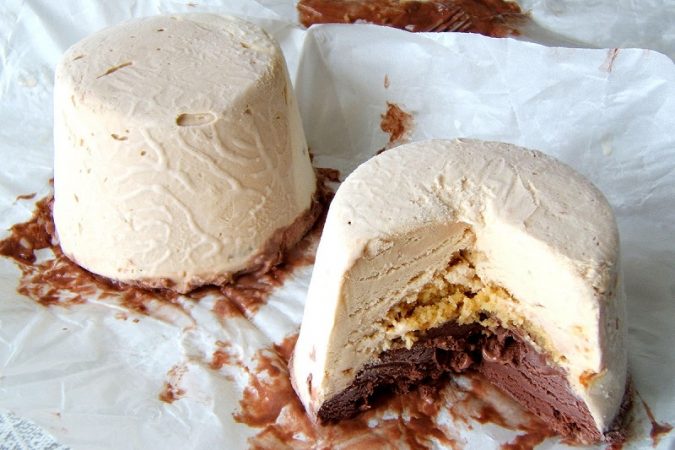
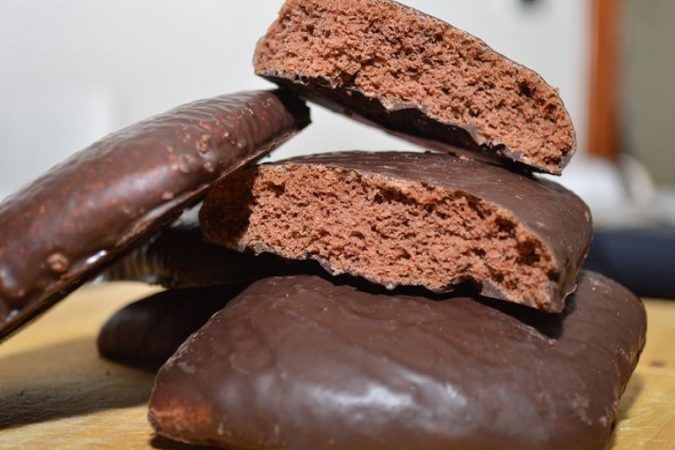
Street food and bakery products...
FOOD EXPERIENCE
Salento has a lot to offer also in terms of food. Rustico leccese,a puff pastry filled with tomato sauce, béchamel, pepper and nutmeg; is the king of our street food but we also have calzone, a folded pizza dough which can be both fried or oven-baked and stuffed with tomato sauce and mozzarella; puccia, a pizza dough shaped as a big roll in two versions: one with black olives, which must be eaten paying attention to stones, and a plan version which is stuffed with all sort of ingredients; and the pittule, pieces of dough which are fried and can be stuffed with all sort of vegetables. The friseddra, a wheat or barley dry bread which has to be softened in water before being eaten, is usually dressed with tomatoes, salt, olive oil and oregano. You should also try the cucuzzata or pizzo: it is a roll whose peculiar red colour is due to the tomatoes in the dough and is stuffed with onions and zucchini.
Discover our idea of celebrating!
FAIRS AND PATRON SAINT FESTIVALS
During Patron Saint festivals, every village, town and city in Salento decorates its streets and squares with wonderful light installations which are one of the most peculiar feature of our area. Apart from lights, there is a procession with a marching band in the morning, while in the evening the same band becomes a music orchestra performing in a big sound box usually placed in the main square. The best known Patron Saint festivals in Salento are Santi Filippo and Giacomo in Diso, from 30th April to 3th May, and Santa Domenica in Scorrano, from 5h to 10th July, but many other festivals are ready to surprise you. Another kind of religious festival is the one dedicated to San Rocco in Torre Paduli, from 15th to 17th August. The main day of celebration, 16th August, can be considered the first white night festival in Salento: music players and dancers meet and perform pizzica for the whole night. Many summer festivals usually end with a “focara”, a big bonfire usually made burning bales of straws.
